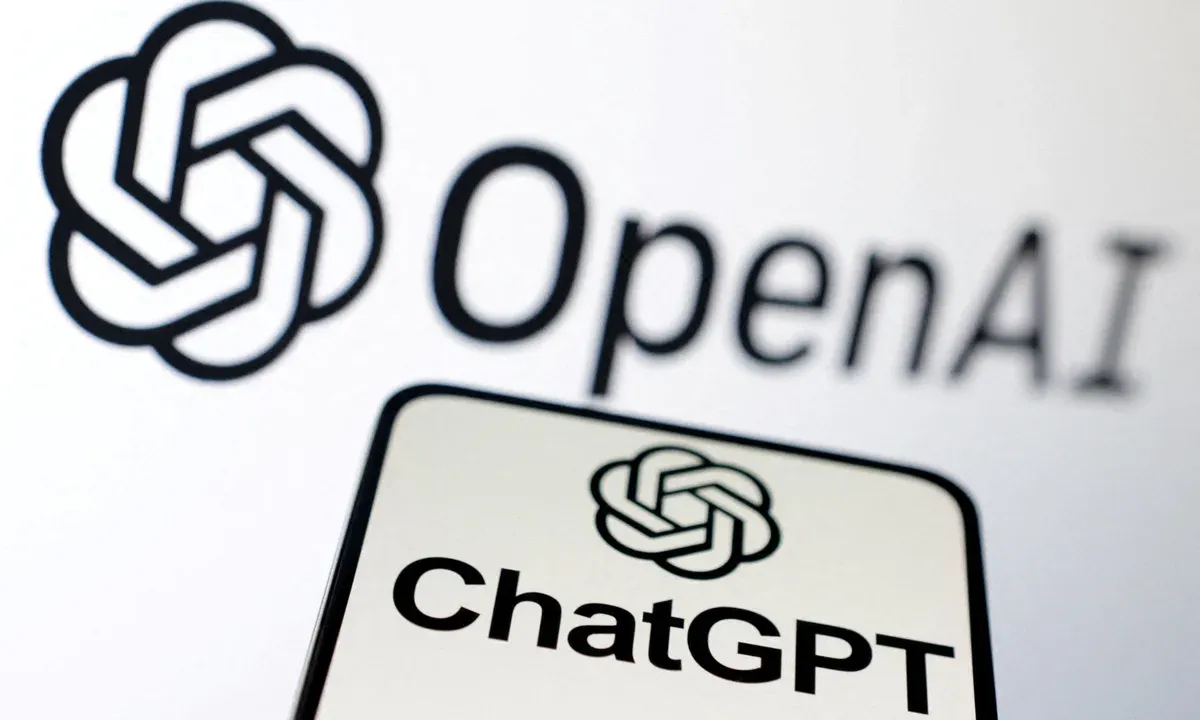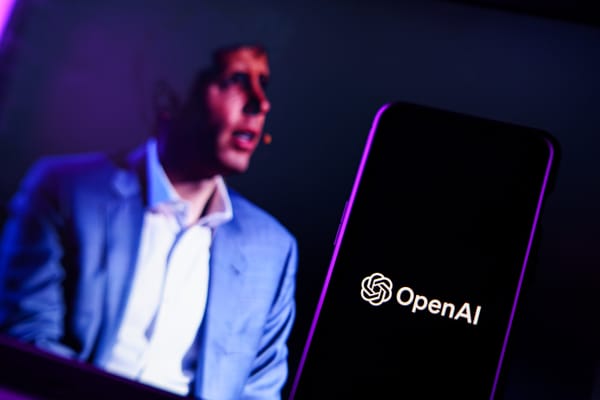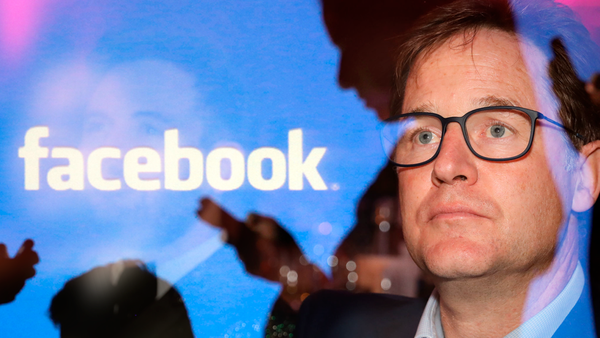OpenAI aims to unify its AI tools with GPT-5 as a foundational model

OpenAI is advancing its strategy for GPT-5 by positioning it as a foundational model designed to unify its disparate AI tools.
Rather than being a radically new system, the aim is to build on what’s already there and make it easier for users to accomplish their goals without having to switch between a myriad of different tools.
That’s according to OpenAI VP of Research Jerry Tworek, who answered questions on Reddit on May 16. The comments come amid a broader strategy adjustment that has seen the release of GPT-5 delayed while standalone reasoning models o3 and o4-mini are prioritized. Those were originally planned to be merged into GPT-5.
The next update for the screen agent “Operator” is likely to be the next big improvement, Tworek said. It’s currently in research, but the next version is expected to significantly improve its utility.
Elsewhere in the Q&A, Tworek addressed the growing demand for tokens, the essential currency for processing language and code. He said scaling the capabilities of tokens will continue to provide value. OpenAI has spent significantly on infrastructure, and a recent $4 billion investment in CoreWeave will help.
While the capabilities of AI have grown exponentially, Tworek maintained that humans will still be needed to oversee the process. “There will always be work only for humans to do,” he said.
He also critiqued traditional benchmarks used to measure the capabilities of AI models, saying they’re not an accurate reflection of how effective a tool is. Instead, he advocated for measuring success based on real-world tasks that people care about.
Overall, it seems the vision for GPT-5 is to create a cohesive system that intelligently orchestrates the different tools at its disposal, making life easier for users and simplifying workflows that can become unnecessarily complex.




